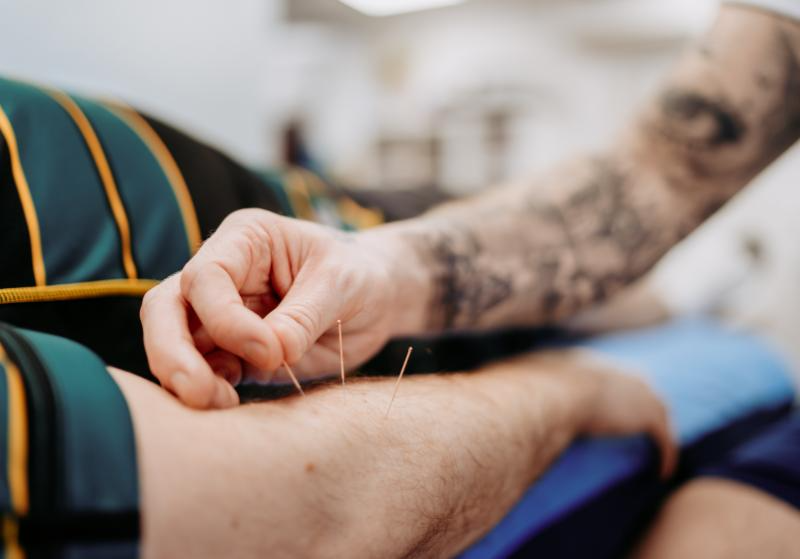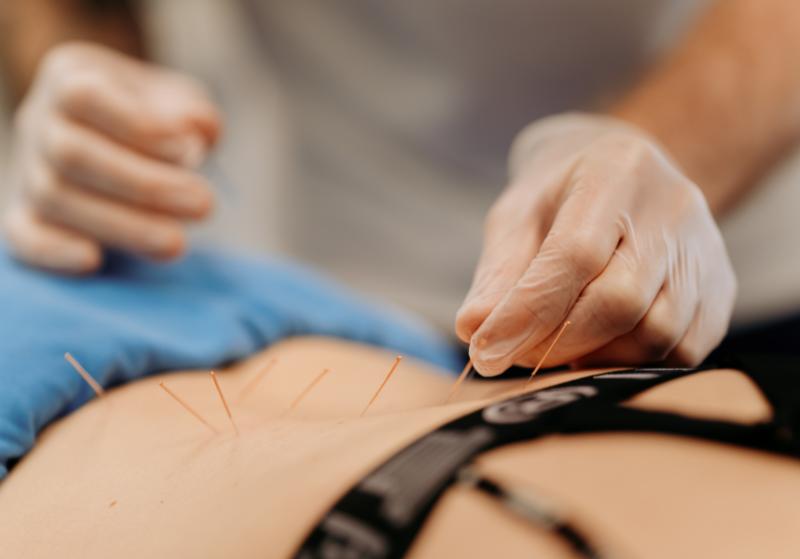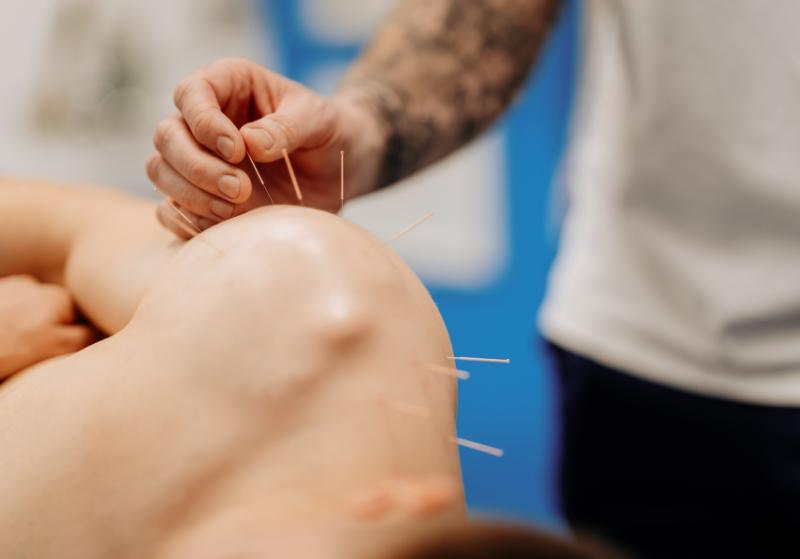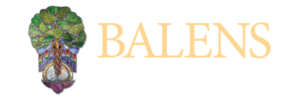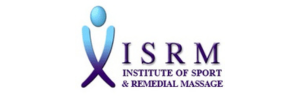Medical Acupuncture (Dry Needling)
Medical Acupuncture is a therapeutic modality used to treat musculoskeletal (MSK) complaints. It is a westernised adaptation of traditional Chinese medicine which encourages pain relief and promotes healing. It is used to relieve myofascial trigger points, increase range of motion, decrease muscular tightness, reduce pain and aid with recovery from injury.
Dry Needling (DN) vs Traditional Chinese Acupuncture (TCA)
What is the difference?
Dry Needling also known as Medical Acupuncture is a westernised adaptation to TCA and is used to treat pain and dysfunction associated with the body’s soft tissues – muscles, tendons and ligaments. Is it used to deactivate trigger points which cause pain, and stimulates a healing response to promote recovery from trauma or injury. In the UK Medical Acupuncture or DN is practised by Healthcare Professionals and is generally regarded as part of conventional medicine, which is very much evidenced based.
Traditional Chinese Acupuncture (TCA) is predominantly used to treat pathological conditions (diseases) which can affect single organs or the body as a whole. TCA is linked to the belief that disease is caused by disruption or blockages to the flow of energy (meridians) known as ‘qi’ in the body and places emphasis on ancient beliefs of ‘yin’ ‘yang’. Chinese Acupuncture stimulates points on or under the skin and is believed to release the blocked energy so that normal function can be restored. It is a well-practised treatment modality used world-wide which has been around for thousands of years, approved and loved by many.
In safe hands from day one…
“I highly recommend Luke. I personally have a complicated history of injuries and don’t always feel confident in putting my trust in a therapist, but I can honestly say my massage was fantastic, totally tailored to my needs. I will definitely be going back very soon for another session.”
Nicki Crockett • Enfield

